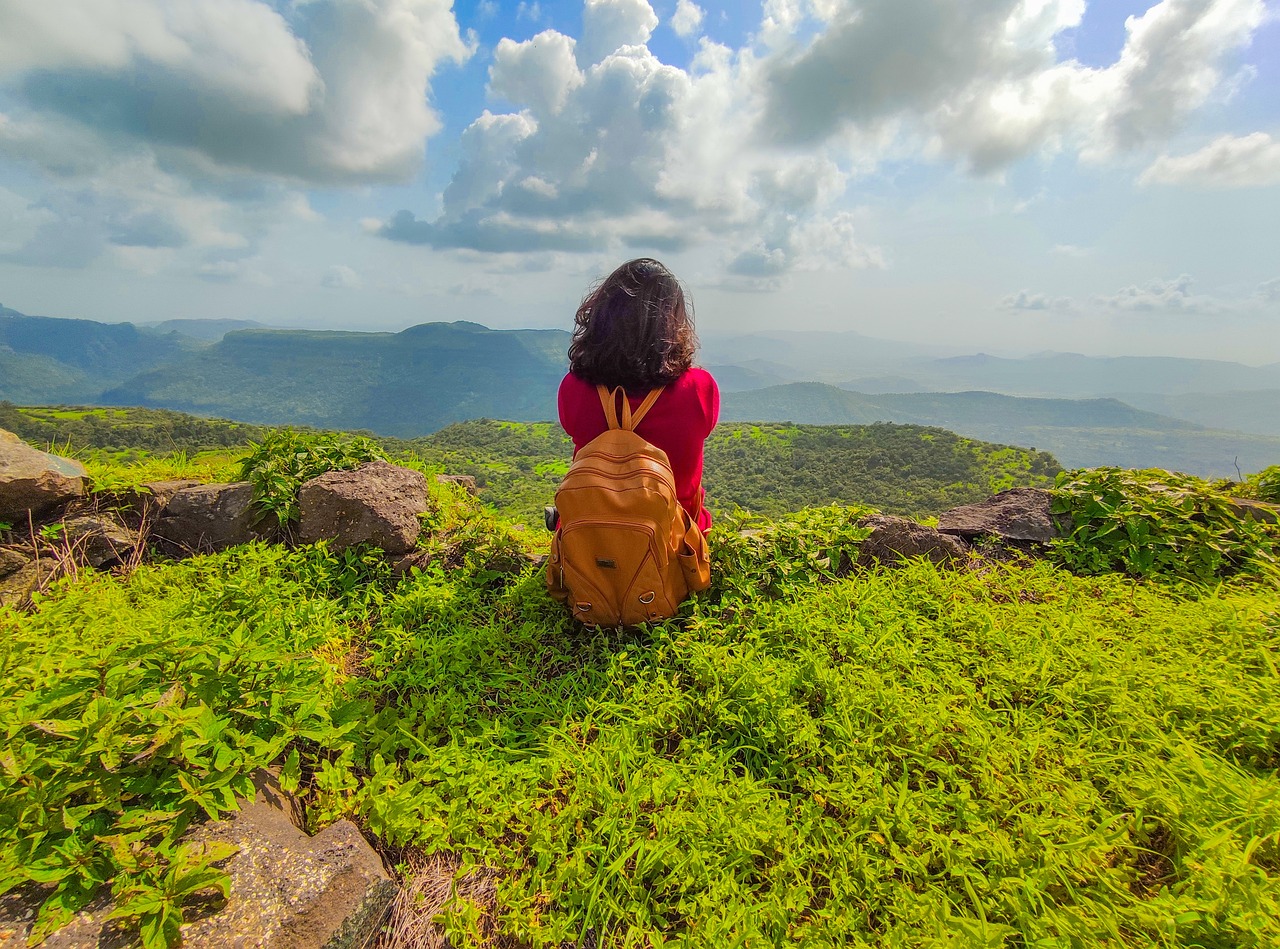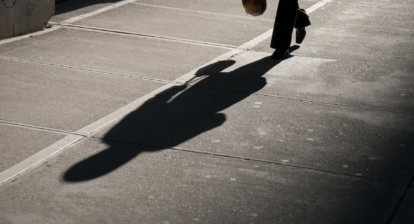Exploring nature is a fundamental human experience. Everyone deserves to enjoy the outdoors with confidence and freedom. However, for many women, venturing into nature often comes with an added layer of risk. Concerns about personal safety, environmental hazards, and unexpected challenges can sometimes overshadow the joy of adventure. Discussions around women’s safety in the outdoors frequently lead to restrictive advice rather than constructive solutions. Rather than focusing on what women should avoid, the conversation should centre on providing them with the knowledge and resources to explore safely. Discouraging participation only restricts opportunities for adventure and growth, whereas prioritising risk management equips individuals with the skills to handle challenges while promoting a culture of preparedness and collective responsibility.
The Risks of Outdoor Exploration and Mitigation Measures
Rather than restricting women’s activities, the focus should be on risk management: a practical approach that empowers individuals through preparation, education, and systemic support. Risk management acknowledges the inherent challenges of outdoor exploration while offering tools to navigate and mitigate them effectively.
Individual preparedness involves taking the time to thoroughly research the terrain and conditions of the area intended for exploration. This includes understanding the specific trail chosen, its level of difficulty, and any seasonal or weather-related challenges that might arise. Recognising potential hazards, such as wildlife, environmental risks, or areas prone to sudden changes in weather, can make a critical difference in how one approaches travel. This preparatory phase equips outdoor enthusiasts with the information needed to assess and mitigate risks.
Carrying the appropriate supplies is an essential component of preparation. This includes not only basics like sufficient water and food but also tools for navigation, such as maps, compasses, or GPS devices. Communication devices, whether a fully charged mobile phone or a satellite phone for remote areas, add an additional layer of security, ensuring help can be mobilised if needed. (Travellers should check local regulations before carrying satellite phones or other communication devices, as certain countries have restrictions or require permits for their use). First aid kits, which should include bandages, antiseptics, and any personal medications, are indispensable for addressing minor injuries or providing crucial care during emergencies. (Travellers should check local regulations before entering a country with personal medications).
Equally critical is the use of proper equipment that is safe, durable, and suited to the specific environment and culture. Choosing high-quality gear that is appropriate for the conditions, such as weather-resistant clothing, sturdy footwear, and reliable backpacks, enhances both safety and comfort during outdoor adventures. In colder environments, for example, thermal clothing and insulated gear are essential to prevent hypothermia, while durable, waterproof footwear ensures stability and protection from injuries in wet or rocky ground. In areas with rugged or challenging weather conditions, using gear designed for those environments, such as trekking poles or specialised climbing equipment, can significantly reduce the risk of accidents and ensure the trip is both safe and comfortable.
Equipment should also be regularly checked and maintained to ensure its effectiveness when needed most. Worn-out gear is more likely to fail when exposed to the elements, so taking proactive measures like replacing damaged equipment or upgrading outdated kits is essential for minimising risk. Properly fitted gear, such as backpacks with adjustable straps and well-fitted boots, also plays a role in preventing fatigue and injuries, making it easier to navigate through the terrain with less strain.
In addition to physical preparedness, planning ahead by sharing travel itineraries and plans with trusted individuals is another crucial strategy. Informing someone about the chosen route, expected return time, and emergency contact information ensures that assistance can be mobilised promptly if something goes wrong. Wearable technology, such as GPS-enabled smartwatches or emergency alert devices, enhances safety by enabling real-time location sharing and automatically notifying a chosen contact if a run or hike exceeds the planned duration.
Contingency planning, such as identifying alternate routes or recognising when to delay or cancel an outing due to unsafe conditions, adds another dimension of thoughtful risk preparedness. By adopting these practices, individuals are better equipped to face the unpredictable nature of outdoor environments while building confidence in their abilities.
Respecting physical and mental boundaries ensures a safer experience and helps avoid unnecessary risks. Knowing one’s limits is a fundamental aspect of safe outdoor exploration. While it may be tempting to take on challenges that appear exciting or push personal boundaries, it is crucial to recognise when a task exceeds current abilities. Whether it involves hiking a more technically difficult trail, navigating unfamiliar terrains, or tackling extreme weather conditions, pushing beyond one’s limits without proper training or experience can result in accidents or life-threatening injuries. Seeking advice from locals, experienced adventurers or engaging in online forums can provide valuable insights into trail conditions, potential hazards, and recommendations based on first-hand knowledge, helping to make informed decisions before setting out.
Furthermore, it is important to recognise that attempting challenges without the necessary preparation not only endangers the individual but can also put rescue services and others at risk. If an emergency arises due to overestimating one’s abilities, it can place unnecessary strain on rescue teams, diverting resources that may be needed elsewhere; taking a cautious and prepared approach helps protect rescue personnel and ensures that they remain available to respond to those who genuinely need assistance.
Another critical aspect of risk management involves addressing the risk of harassment or violence, a concern that disproportionately affects women in outdoor spaces. While outdoor exploration inherently involves certain risks, the added fear of being attacked is a uniquely human-made danger that requires a multifaceted approach to mitigate. For individuals, carrying personal safety tools such as whistles or personal alarms can provide an immediate response option, though these measures are not comprehensive solutions. Education in situational awareness and self-defence techniques can also help women feel more confident in their ability to navigate threats. Additionally, it is also crucial to understand that attitudes towards harassment and unwanted attention can vary greatly across countries and cultures; therefore, it is essential for travellers to research local customs and safety considerations before setting out on their adventures. Having said this, the responsibility for safety must not rest solely on the shoulders of women.
From a systemic perspective, improving safety in outdoor spaces requires investments in infrastructure and accessibility. Trails should be consistently maintained to ensure that they are free of hazards, with clear signage that includes detailed maps, directions and emergency numbers and potential danger zones. Properly marked paths reduce the likelihood of straying from designated trails and make navigation more straightforward, even for those less experienced in outdoor activities. Additionally, having emergency resources, such as strategically located call stations or rest stops, provides reassurance that help is nearby if required. Another important aspect of outdoor safety is also ensuring that travellers are covered by appropriate insurance. Having insurance that specifically covers outdoor activities is essential in managing the financial risks tied to accidents, injuries, or unforeseen circumstances, offering adventurers valuable peace of mind and ensuring protection in case of emergencies.
The presence of trained patrol personnel enhances safety further. These individuals not only serve as deterrents to potential threats but also act as immediate responders during emergencies. Establishing patrols at popular trailheads and along routes where incidents are more likely to occur ensures that visitors feel secure without the need to rely solely on their own measures. Furthermore, fostering community advocacy can lead to broader support for initiatives that prioritise safety. Local organisations, outdoor groups, and policymakers can collaborate to fund and implement changes that make outdoor spaces safer and more accessible.
Creating a culture of inclusivity and shared responsibility also plays a vital role in risk management. Outdoor groups and communities support this effort by providing resources and opportunities that help women gain confidence in their skills. Workshops on navigation, wilderness first aid, and self-defence empower participants with practical knowledge. Mentorship programs, where experienced hikers and campers guide novices, create a sense of belonging and shared learning. Encouraging women to participate in group activities fosters a network of mutual support and safety, making outdoor spaces feel less intimidating. Inclusivity also means addressing barriers that might deter women from engaging in outdoor activities in the first place. These barriers can range from societal expectations and stereotypes to a lack of representation in media and marketing. By promoting diverse and empowering narratives, outdoor organisations can inspire more women to embrace exploration and adventure without hesitation or fear.
In conclusion, the solution to ensuring safety in outdoor exploration lies not in restricting access or placing blame, but in addressing the risks through preparation, education, and collective responsibility. By focusing on risk management, we create a world where women are empowered to explore freely, confidently, and without fear. Outdoor exploration is for everyone, and by working together to make these spaces safer, we can help build a culture of empowerment that benefits all adventurers, regardless of gender.
Article produced by: Virginia Contratto, NGS Security Operations Manager








